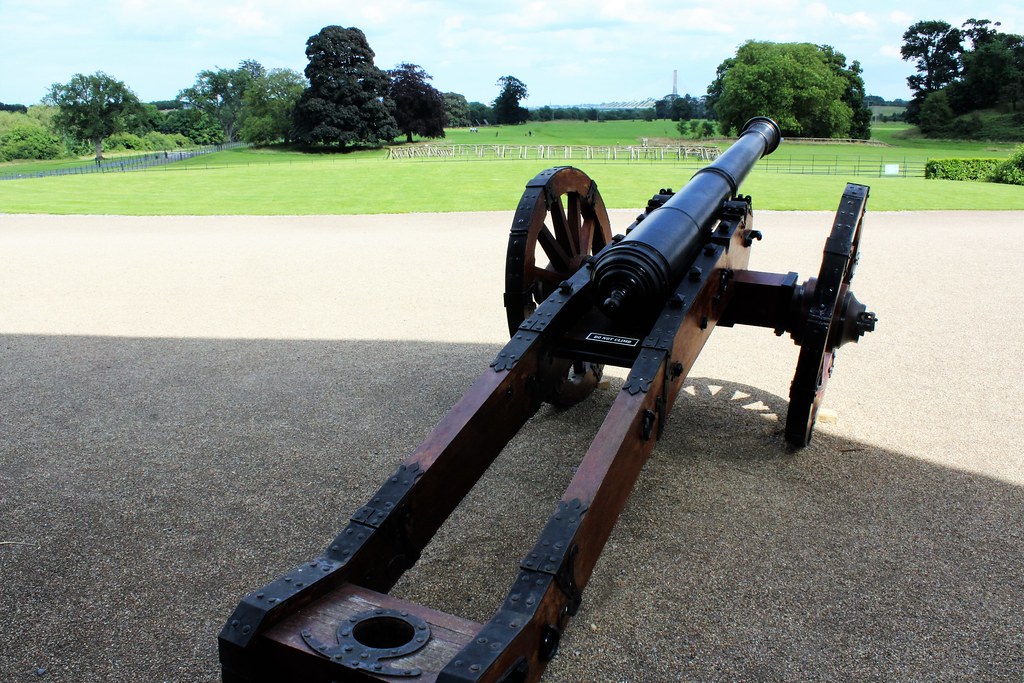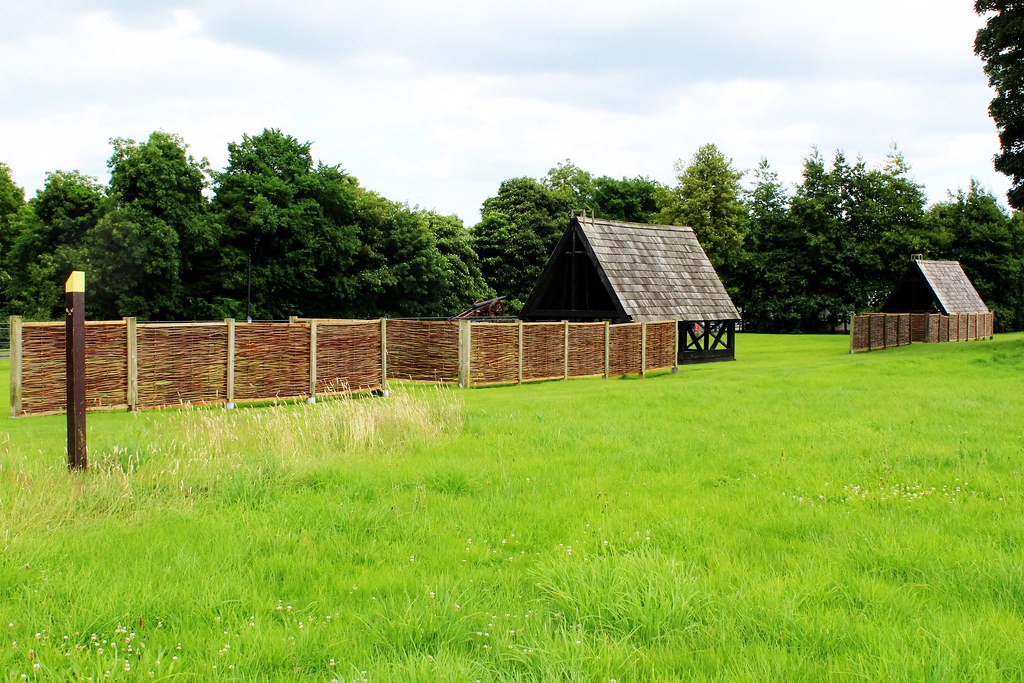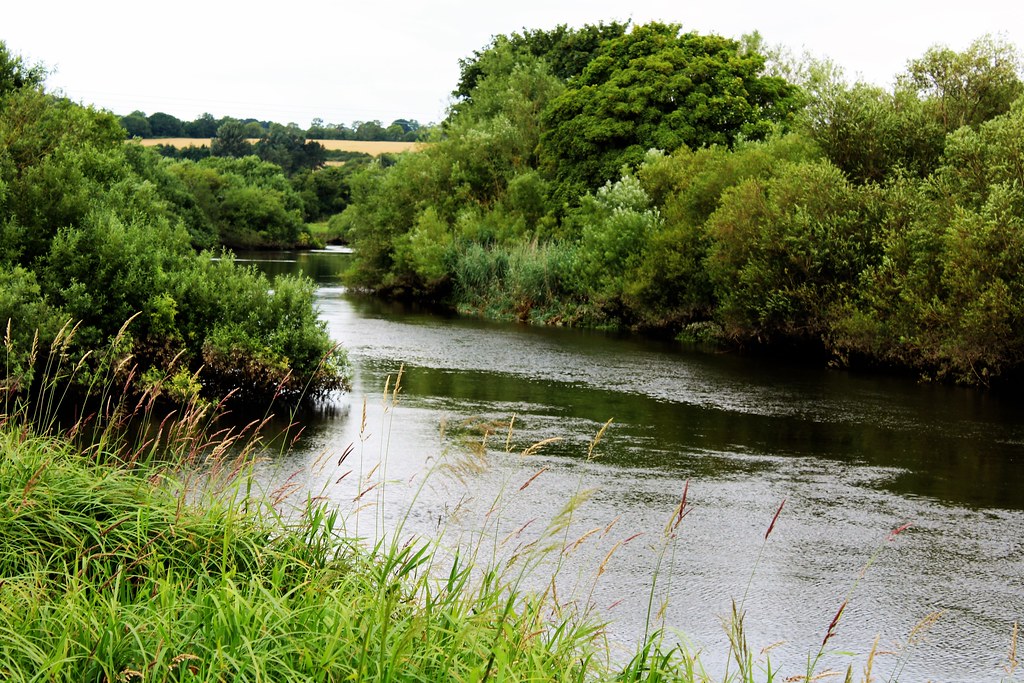Battle of the Boyne (1690): A conflict of profound significance for Ireland.
This evening, I am reporting on the site of the Battle of the Boyne in the Republic of Ireland. This was probably the most famous military encounter in Irish history. It took place on July 1st 1690, a battle between the armies of rival kings- James II and William III -and entailed aggregate forces of some 60,000 men, the largest conflict on Irish soil. The underlying cause of the battle was also manifested in battles in Scotland such as Killiecrankie (1689), Dunkeld (1689), Cromdale (1690) Sheriffmuir (1715), Glenshiel (1719), Prestonpans (1745) and Culloden (1746).
Some key facts:
- Key driver was attempt by the deposed King James II of England (Catholic) to regain the throne which he lost in 1688 to his Dutch son-in-law, William of Orange. (Protestant)
- James was deposed because of his Catholicism at a time when his people had converted to Protestantism.
- In the background King Louis XIV of France was supporting the exiled James.
- The Jacobite army (King James) was some 25,000 strong. Mainly Irish but including 6,500 French infantry.
- William’s army was about 36,000 strong and including a mix of Dutch, English, Danish, Huguenots and Ulster Protestants. On balance this was a well equipped, professional and seasoned fighting force..
- Both armies had similar equipment and majority of troops were infantry.About one quarter of each army were mounted, cavalry and dragoons.
- The River Boyne flows on an east-west alignment with Jacobites (supporters of James) on south bank and Williamites on the north bank.
- Williamites held the initiative and implemented a sound strategy. James’s vacillations resulted in unclear planning.
- On the morning of battle the Williamite infantry crossed the river on a broad front followed later by 2000 infantry. A senior Williamite general, Schomberg, was killed in action.
- In course of the battle there were engagements at Donore, Platin, Rossnaree, Roughgrange and Duleek Bridge.
- William’s forces eventually prevailed. Total casualties were about 1500 killed or badly wounded of which two thirds were Jacobites.
At the site there is a visitor centre with information on the battle.Location is about 120 km south of Belfast and 55 km north of Dublin.

Replica weapon at battle site






Comments
Post a Comment